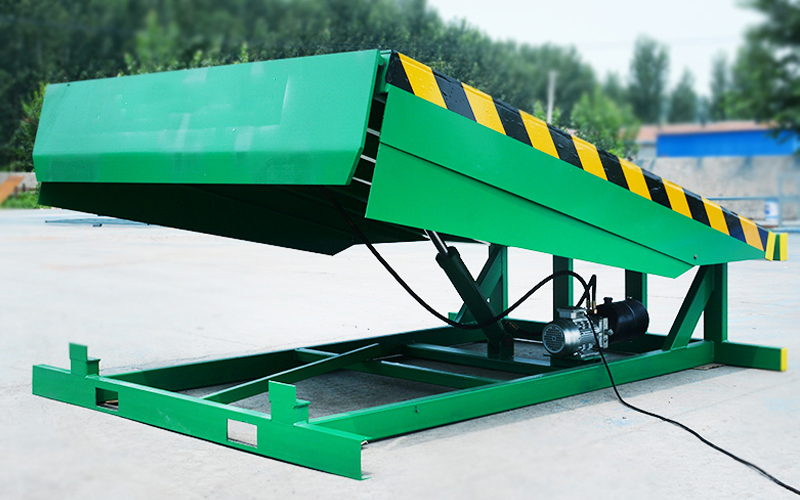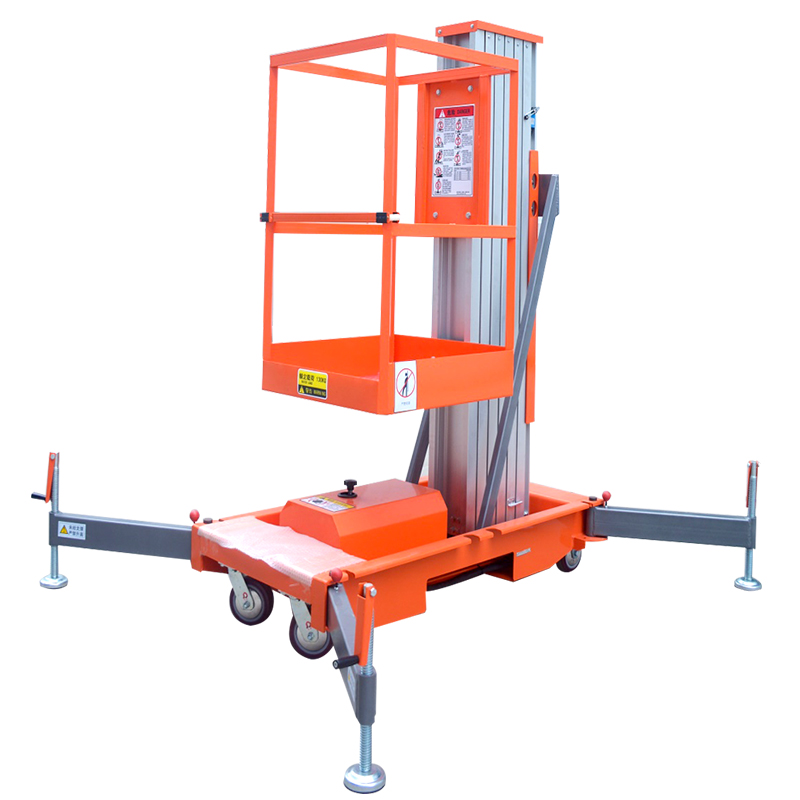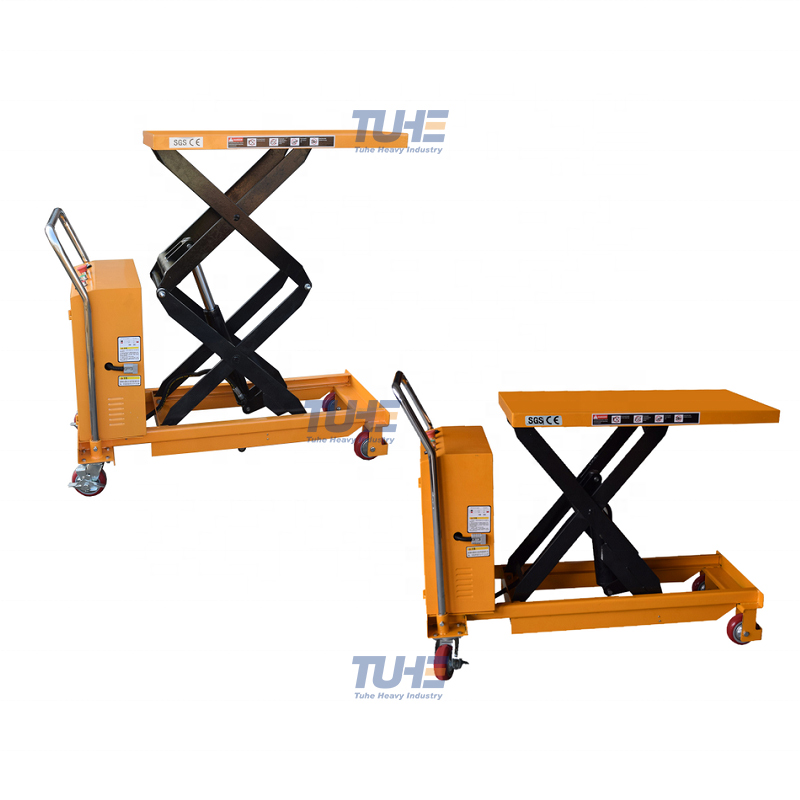1, We introduce the first type of hydraulic elevator, which uses hydraulic power unit as power output, guide rail structure.
Hydraulic elevator is one of the most popular household residential elevators, because hydraulic elevators have low requirements on civil structures and only need one wall. Just install the guide rail, and the pit can be made very shallow or no need. Due to the special design structure, it is very safe in operation, and it will not happen overspeed and out of control. There will be no rushing or squatting. The installation is simple and it is safe and reliable. Even if the power fails and is trapped in the elevator, press the emergency stop button at the bottom to slowly descend by the weight of the elevator itself. In addition, hydraulic elevators can save space, because hydraulic elevators have only 2 guide rails, so they can save space, have low space requirements, and have a very large load. At the same time, hydraulic elevators also have shortcomings, such as slight noise during operation. Secondly, it must be maintained regularly. If the cylinder piston is used for a long time, or there is wear and tear, the hydraulic oil may leak into the well at that time. Generally speaking, the practicality of hydraulic elevators is still very good. It has beautiful appearance and low failure rate. As long as regular maintenance can avoid most of the problems. Compared with traction elevators, it is safer, more reliable, easy to maintain, and suitable for home use.

2,The second type is the screw elevator.
The screw elevator uses the electric motor as the power source, and the motor drives the nut or screw to rotate through the belt to realize the operation of the elevator. The advantage of the screw elevator is that it can effectively save the building area. Compared with the traction elevator, it has no counterweight. Compared with the hydraulic elevator, it has no wire rope and no car. In addition to the small space area, it also has very low requirements for civil engineering. Screw-type home elevators run slowly. Because of the advantages of the structure, they are relatively safe, so there is no need for buffers, speed limiters and other devices, and there is no need to dig the elevator foundation pit. It can be installed as long as there is one wall. In addition, its structure is very flexible and stable. It can open doors on three sides without affecting the stability of the elevator without increasing the area of the hoistway. The structure is relatively simple. It is not easy to break down, and there are few wearing parts to avoid the troubles caused by customers' elevator maintenance. At the same time, screw elevators are also accompanied by disadvantages. For example, because its motor moves with the platform, there is a certain degree of mechanical noise. Due to structural limitations, the running speed is very slow. Because the platform and the screw are connected together, the mechanical vibration will be transmitted to the platform. He has no car, only one platform is running. There will be obvious frustration when starting and stopping, and the experience is poor. The lifting height of the screw elevator is limited, and it is not suitable to install the screw elevator for the high position. Generally speaking, in terms of experience and stability, screw elevators are not as stable as traction and hydraulic elevators.
3,The third type is the traction elevator.
The traction elevator is connected to the car and the counterweight at both ends of the traction rope, and is wound on the traction sheave and the guide wheel. The traction motor drives the traction sheave to rotate after speed change by the reducer, relying on the traction rope and the traction sheave. The traction generated by the friction realizes the lifting movement of the car and the counterweight to achieve the purpose of transportation. The traction elevator runs quieter than other elevators, has no noise, and runs very smoothly. Compared with hydraulic elevators, traction elevator components do not need to be added and replaced regularly, so there is no possibility of oil leakage. In addition, the traction elevator also saves electricity. The biggest advantage of the traction elevator is its special structure, long service life and high cost performance. At the same time, it has higher space requirements than hydraulic elevators, and takes up a lot of space. It has a counterweight device. It cannot be installed in a narrow space. Higher space requirements. And it costs much more than hydraulic elevator.
4,The fourth type is the forced-drive home elevator.
The last type is a forced-drive home elevator, which has a relatively simple structure. It is an elevator that does not require a building to provide a closed special machine room for installing the elevator drive host, control cabinet, speed limiter and other equipment. Its outstanding advantages are simple structure, space saving, and higher utilization rate than hydraulic and traction. The disadvantage is that his speed is slow, the failure rate is high, the height of lifting is also limited, and the noise is relatively large. Usually used in outdoor construction sites. Its biggest danger is that once the limit fails during the upward movement, the main engine will continue to rotate, which will cause unimaginable consequences. When the main engine loses magnetization, it will cause a pulley and the danger will be higher. It is not suitable for civilian use. Compared with the other three elevators, there is no advantage.
The most commonly used household elevators are these four types. Each has its own characteristics and advantages. In different scenes, different family elevators will be used. This article is from the perspective of home elevator manufacturers, hoping to help you understand and choose home elevator.

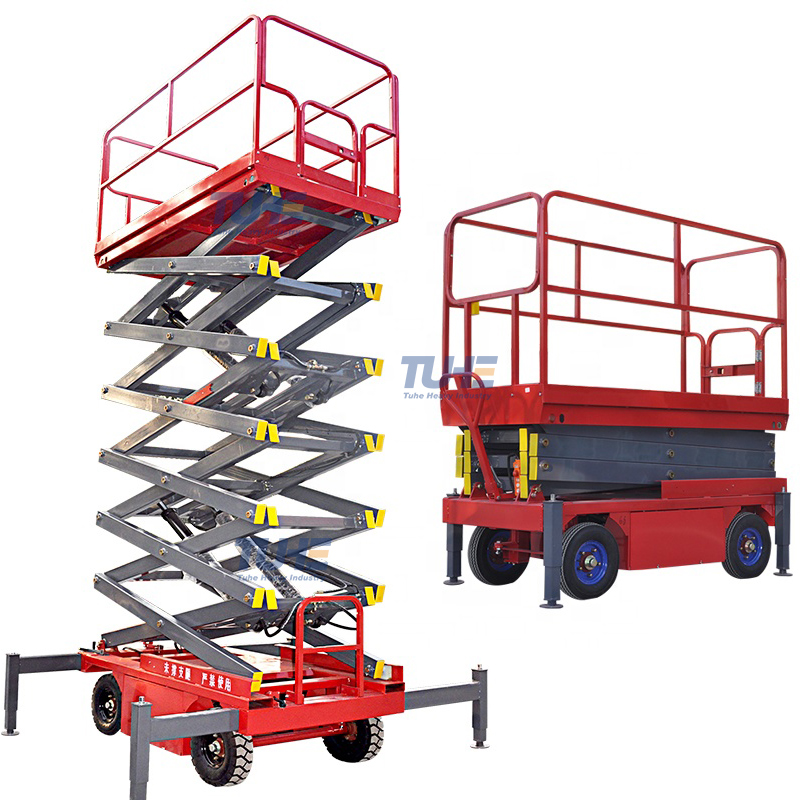
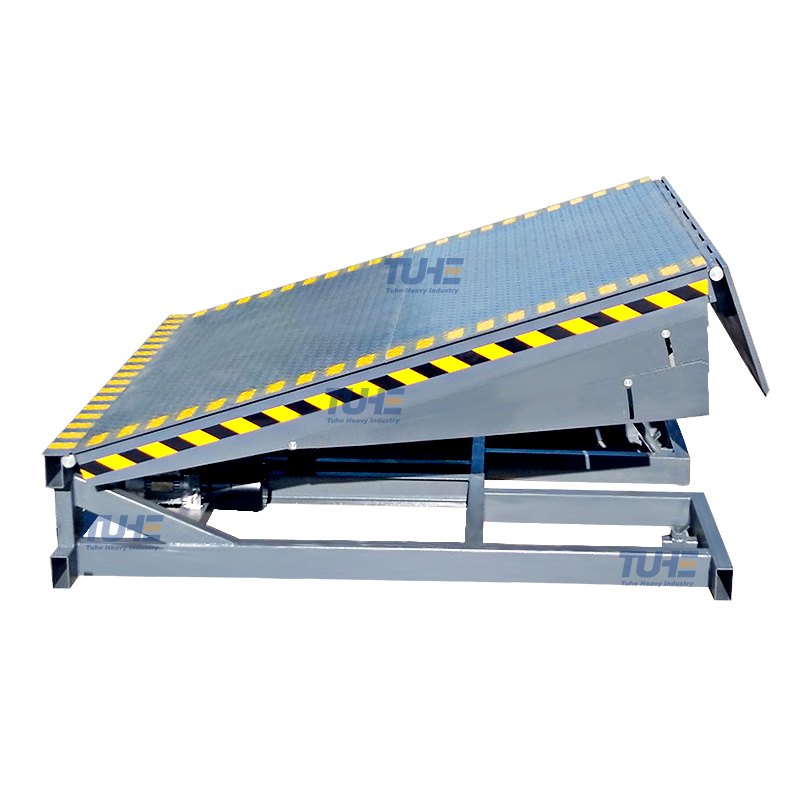
660.webp)
503.webp)
695.webp)
